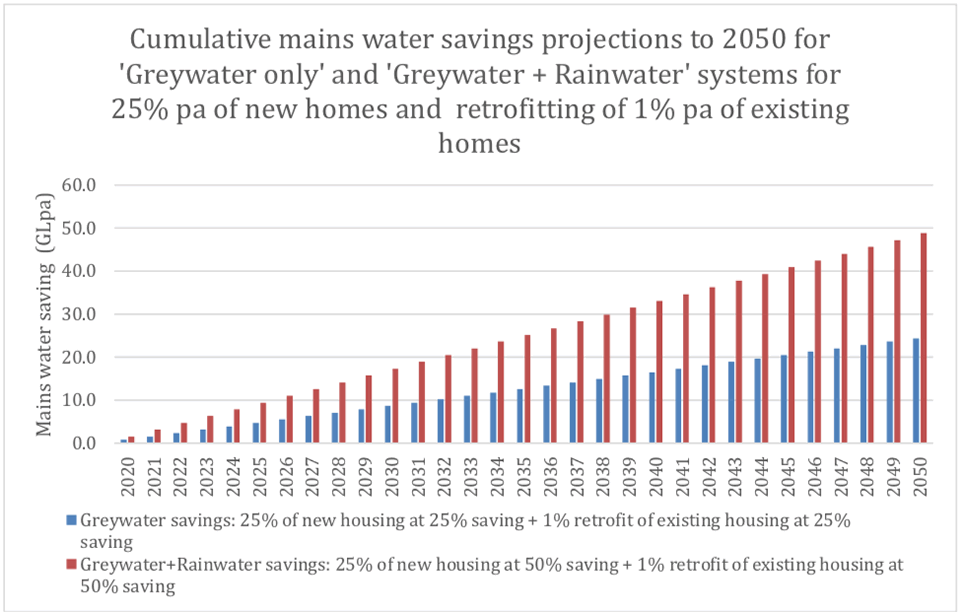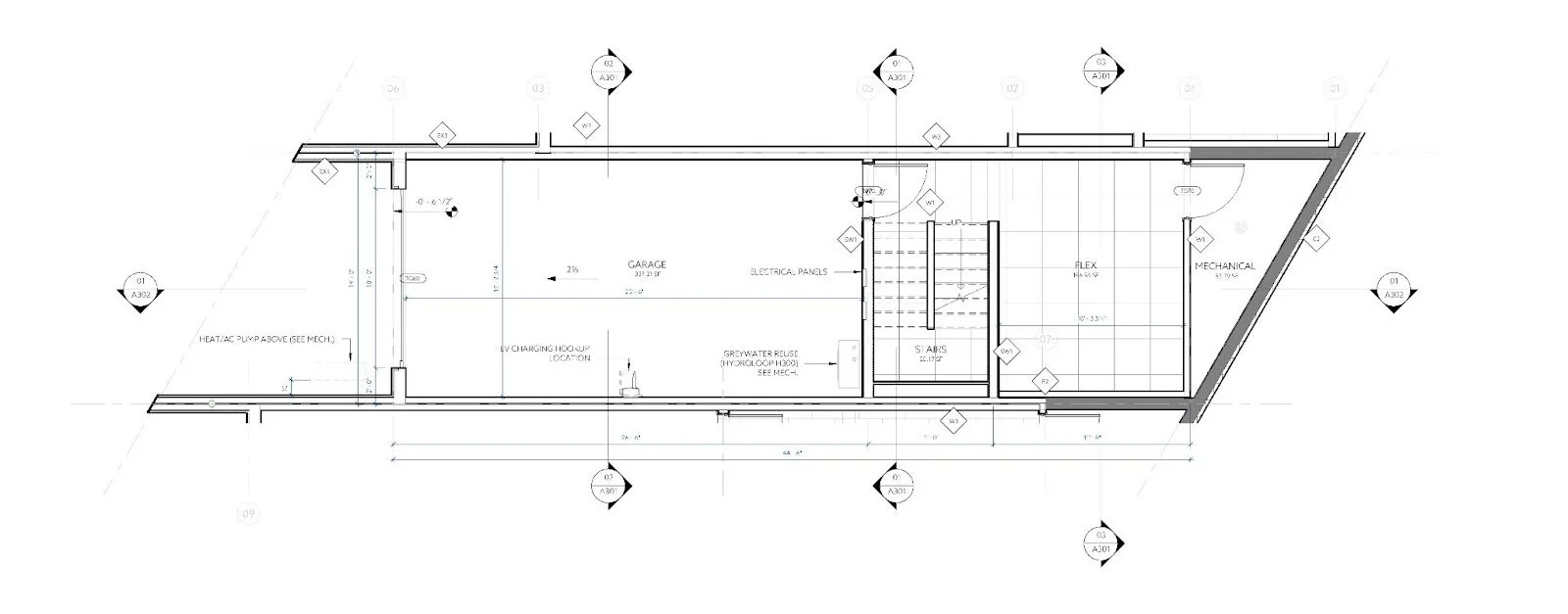Greywater Reuse in Contemporary Residential Design: A Strategic Approach to Sustainable Living
Embracing Quiet Innovation for a Changing Climate
In the dynamic landscape of sustainable architecture, water management is emerging as a cornerstone of environmental stewardship. While energy efficiency and carbon reduction often capture the spotlight, the intelligent use of water resources is equally critical to a home’s ecological footprint. As climate change intensifies regional droughts and strains municipal infrastructure, the integration of greywater reuse systems in residential design offers a pragmatic and forward-thinking solution. These systems not only conserve a precious resource but also align with broader goals of resilience, efficiency, and environmental harmony.
Greywater Reuse: A Practical and Impactful Solution
Greywater reuse involves capturing gently used water from household sources such as baths, showers, hand basins, and washing machines, then treating and repurposing it for non-potable uses like landscape irrigation or toilet flushing. This straightforward yet transformative practice significantly reduces household demand for municipal water, alleviates pressure on aging infrastructure, and fosters ecological resilience at the individual level.
According to the Greywater & Wastewater Industry Group “Savings of 30% on annual household mains water consumption… are achievable with a properly installed greywater reuse unit. In conjunction with plumbed rainwater, this can be greater than 50%.” In regions like British Columbia, where freshwater scarcity is a growing concern amid population growth and shifting precipitation patterns, grey and rain water re-use is not merely an enhancement - it’s a critical step toward sustainable living. By integrating these systems, homeowners and developers can contribute to water security while reducing reliance on centralized water supplies.
Evidence of Impact: Data Driving Adoption
The case for greywater reuse is bolstered by compelling research. The Energy & Environmental Building Alliance (EEBA) reports that homes equipped with greywater systems not only achieve significant water savings but also gain a competitive edge in the real estate market. In sustainability-conscious regions, these systems enhance resale value and attract buyers who prioritize environmental performance. What was once a niche innovation is now a market differentiator, signaling a shift toward mainstream acceptance of water-conscious design.
Policy Synergy: Aligning with CleanBC and Regional Priorities
Greywater reuse aligns seamlessly with British Columbia’s CleanBC strategy, which emphasizes carbon reduction, resource efficiency, and climate resilience. By reducing the energy required for water treatment and distribution, these systems contribute to lower greenhouse gas emissions and help protect local watersheds. As municipalities like the DOS (District of Sechelt) adapt to evolving water-use policies and building codes, proactively integrating greywater systems positions developers and homeowners as leaders in sustainable design, ahead of regulatory mandates. This alignment will future-proof homes against tightening regulations and increasing environmental pressures.
Case Study: Westward - A Master-Planned Community in West Sechelt
Westward, a vibrant master-planned community in West Sechelt designed by Cross (X) Architecture, exemplifies the potential of greywater reuse in contemporary residential design. Nestled on a coastal bluff, the community blends modern aesthetics with a deep commitment to environmental performance. Each element of the site has been thoughtfully designed to support sustainability, from water systems to landscape architecture.
At the core of Westward’s integrated water strategy is the Hydraloop system - a compact, low-maintenance solution that recycles greywater from showers, baths, and washing machines. Unlike traditional filtration systems, Hydraloop uses a patented technology that avoids filters and chemicals, relying instead on a six-step process of sedimentation, flotation, and UV disinfection. The result: clean, clear water suitable for reuse in toilets, garden irrigation, and even laundry.
Hydraloop’s decentralized approach not only reduces water use by up to 45% per household, but it also significantly cuts down on energy consumption and carbon emissions related to municipal water treatment. In regions like British Columbia, where seasonal droughts are becoming more common, this kind of system offers a critical edge - both in terms of sustainability and self-sufficiency.
Beyond greywater, Westward’s water-conscious design incorporates storm and rainwater harvesting strategies that work in tandem with Hydraloop. Permeable landscaping and native plants allow stormwater to be retained and absorbed onsite. A water detention tank was strategically positioned at the lower end of the property to collect stormwater, which is then redistributed for Westward’s landscaping and irrigation. These site-specific choices create a layered, resilient water system that protects natural ecosystems while enhancing everyday living.
Designing for a Resilient Future
As climate variability reshapes our world, greywater reuse offers a pathway to more resilient and adaptive homes. It embodies the principle of closed-loop design, where waste is reimagined as a resource, and outputs become inputs for sustainable systems. This approach not only reduces utility costs and ensures compliance with evolving regulations but also enables homes to respond dynamically to local environmental conditions.
For architects, developers, and homeowners, greywater systems represent both a responsibility and an opportunity. They allow us to create homes that tread lightly on the planet, contribute to long-term ecological health, and resonate with the growing demand for sustainable living. While greywater reuse alone cannot address every sustainability challenge, developments like Westward demonstrate its transformative potential when paired with thoughtful design and a commitment to place.
Conclusion: A Quiet Revolution in Residential Design
Greywater reuse is more than a technical solution - it’s a quiet revolution in how we conceive and inhabit our homes. By embracing this practice, we move closer to a future where residential design not only meets the needs of its occupants but also stewards the environment for generations to come. As climate pressures mount, innovations like these will define the next era of architecture: intelligent, responsive, and deeply attuned to the world around us.











